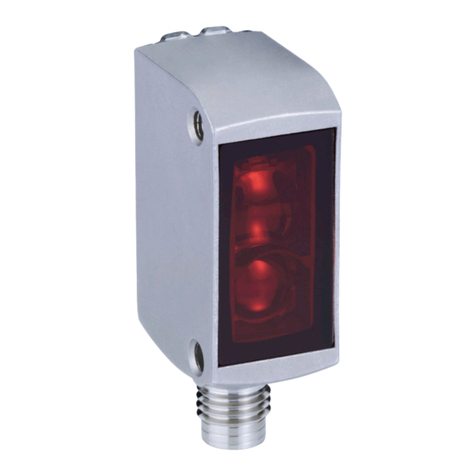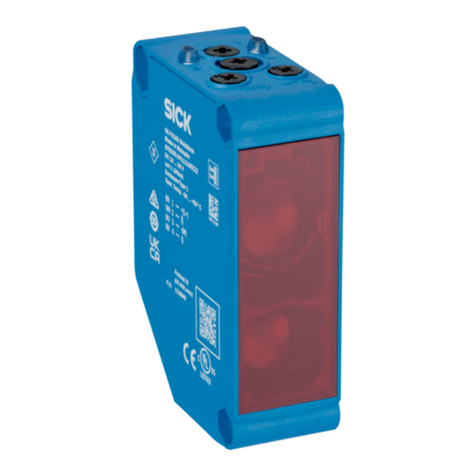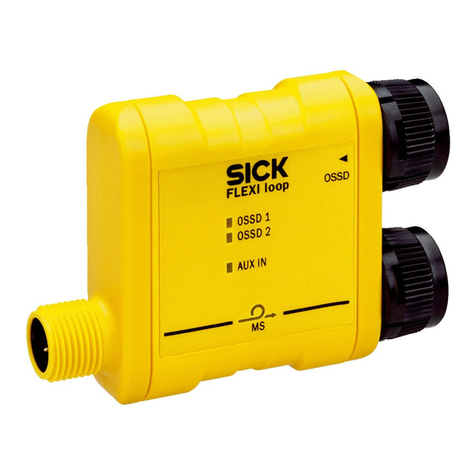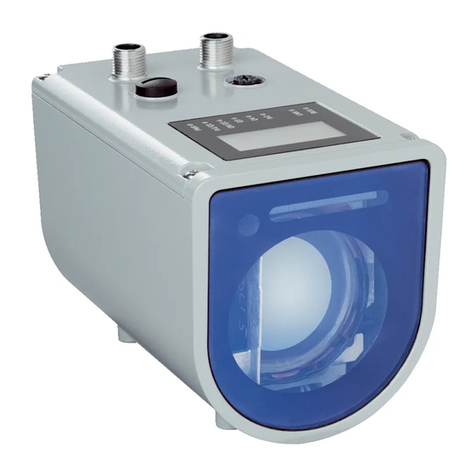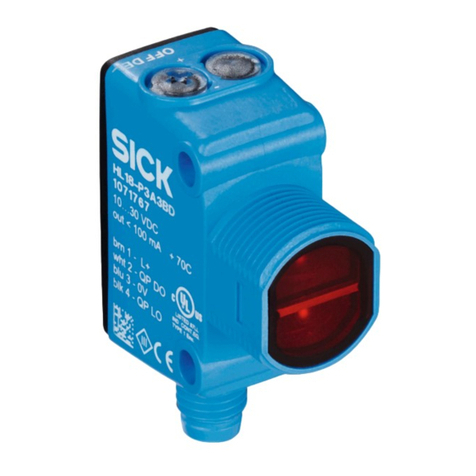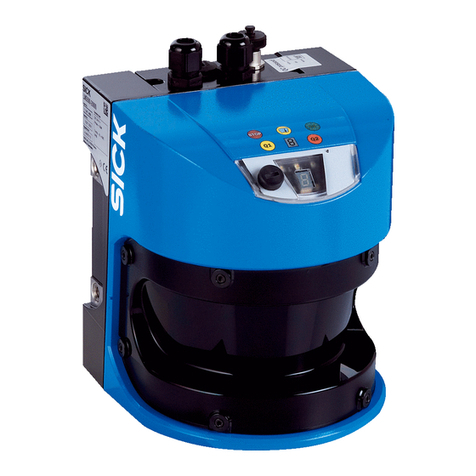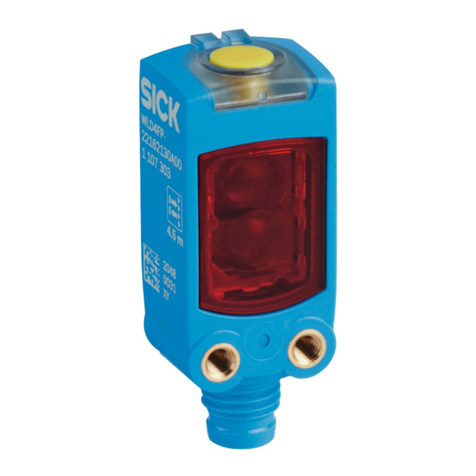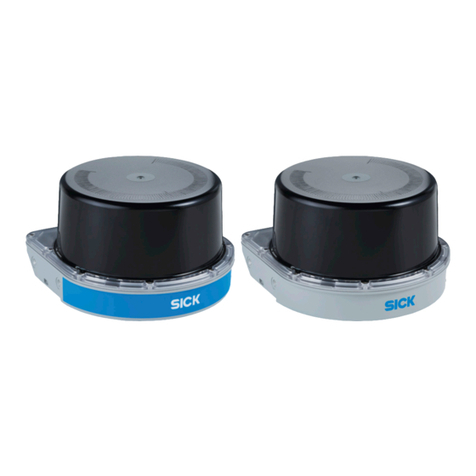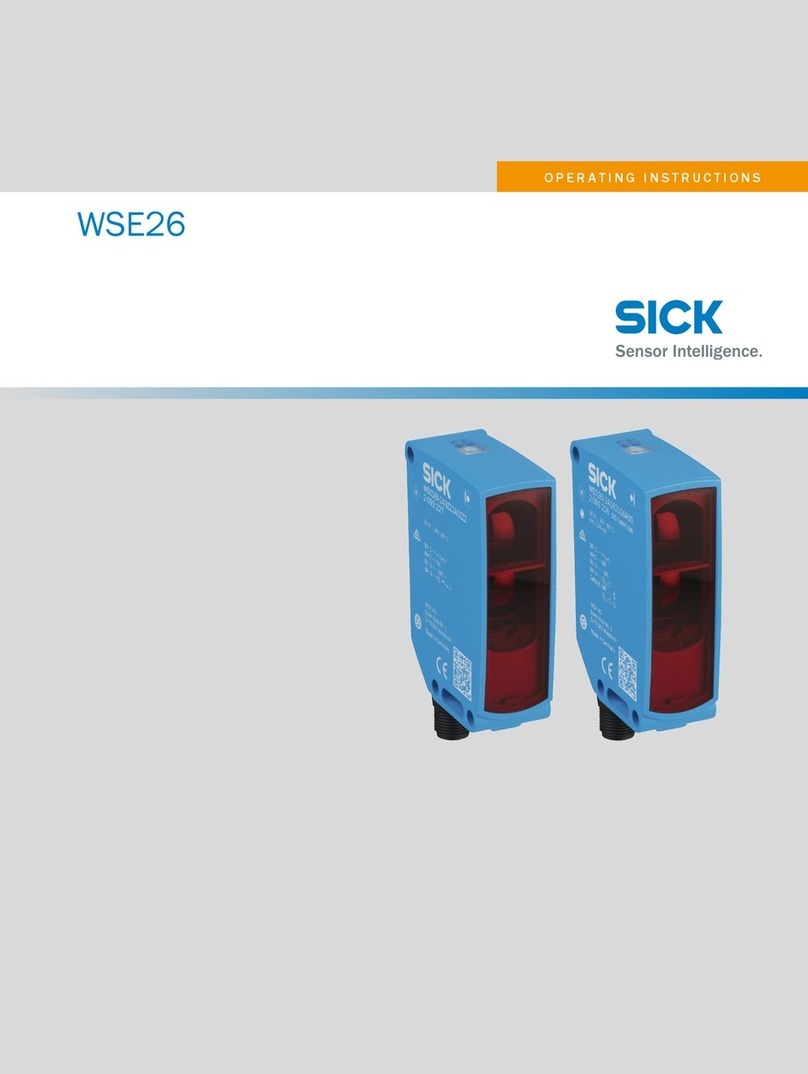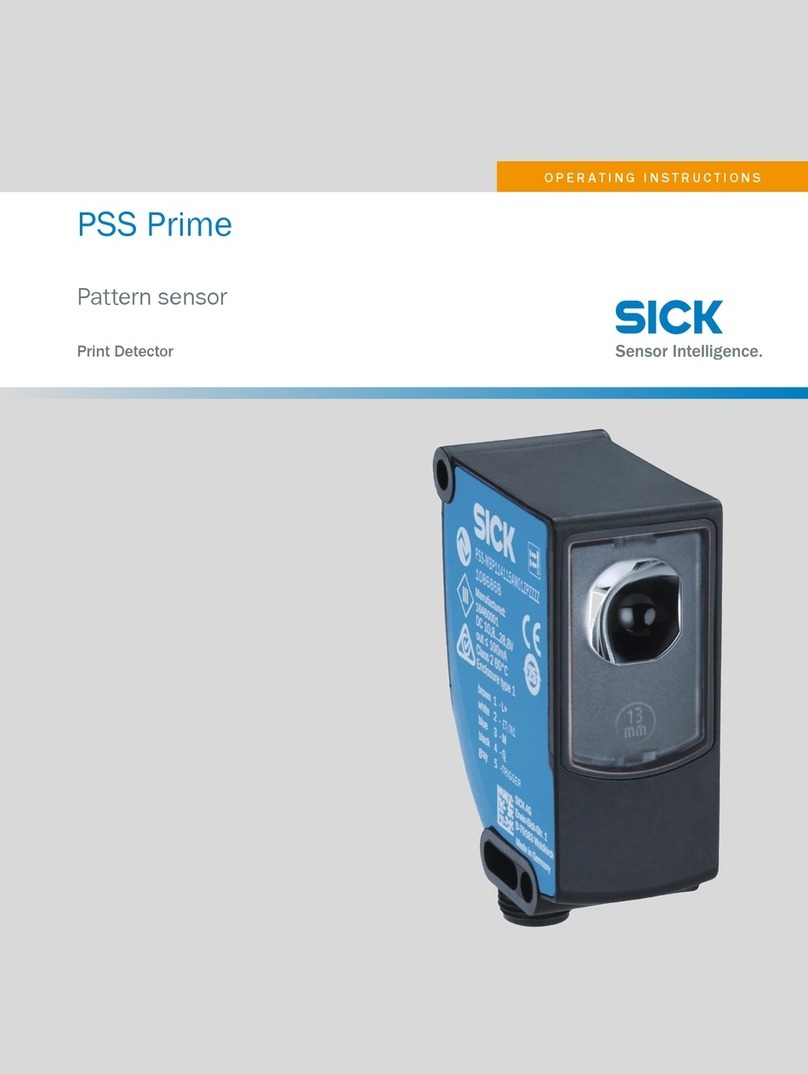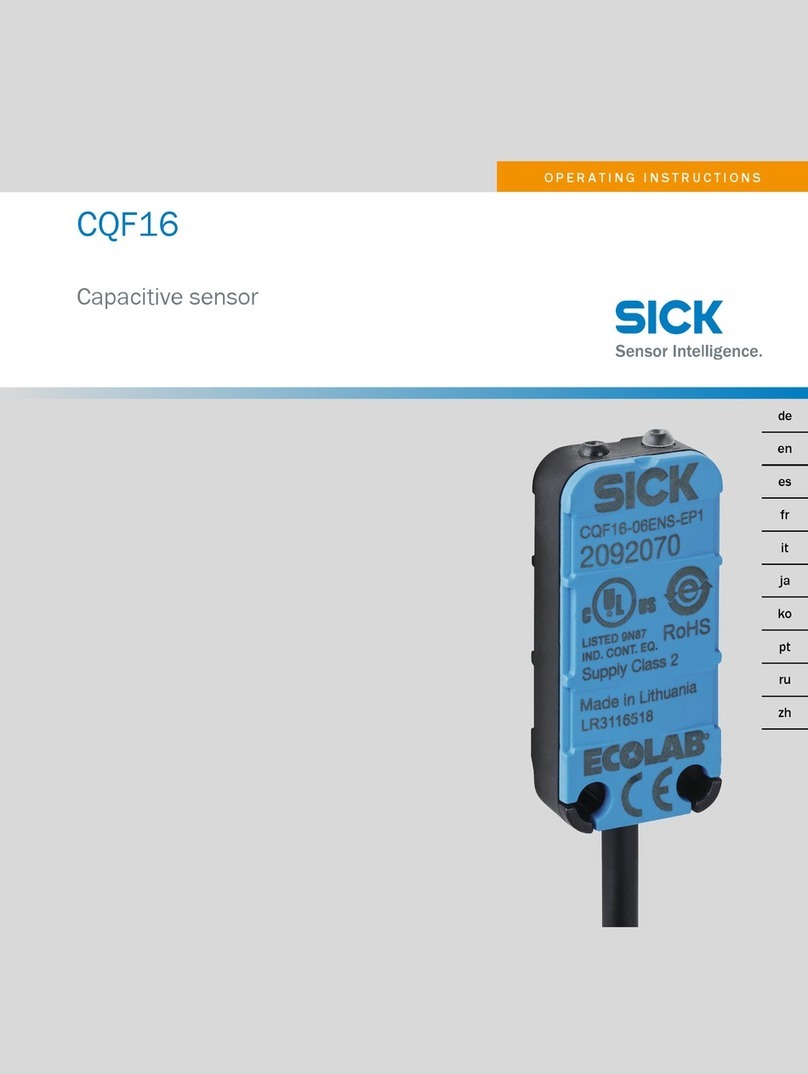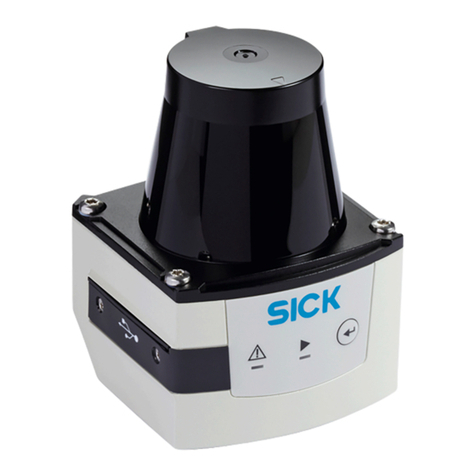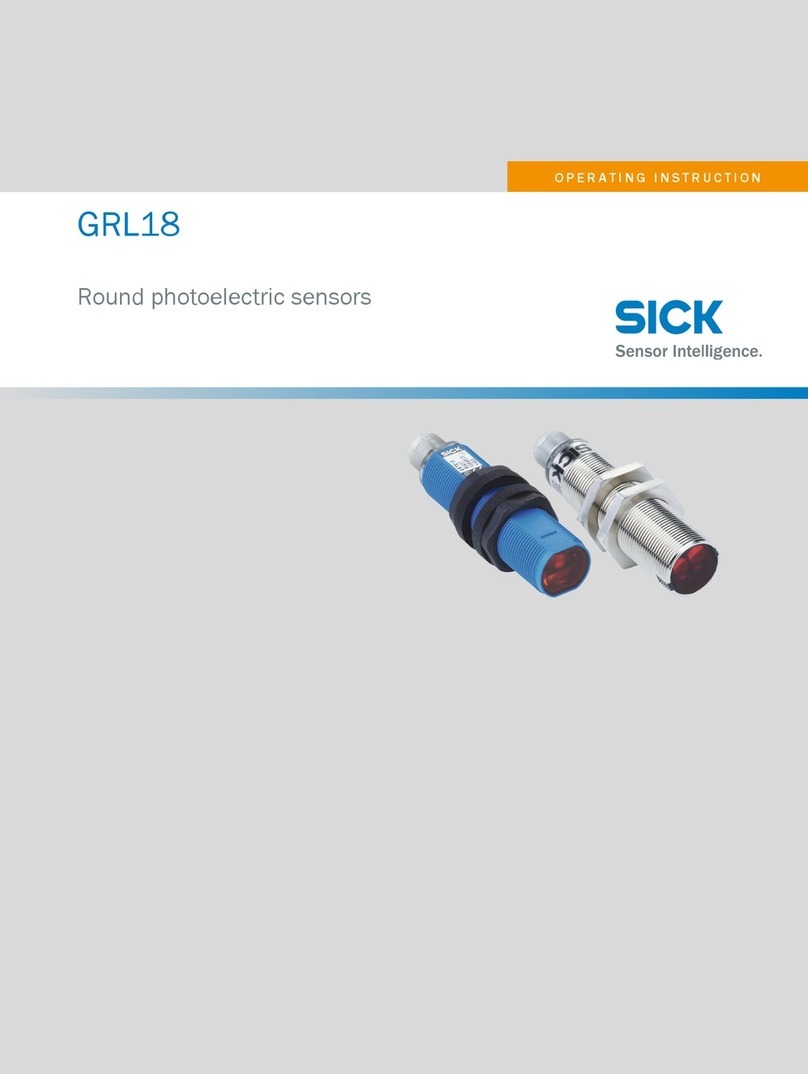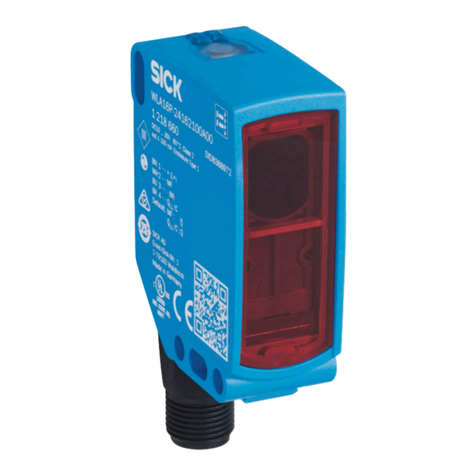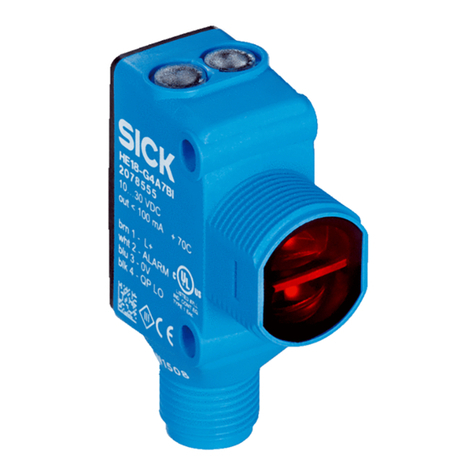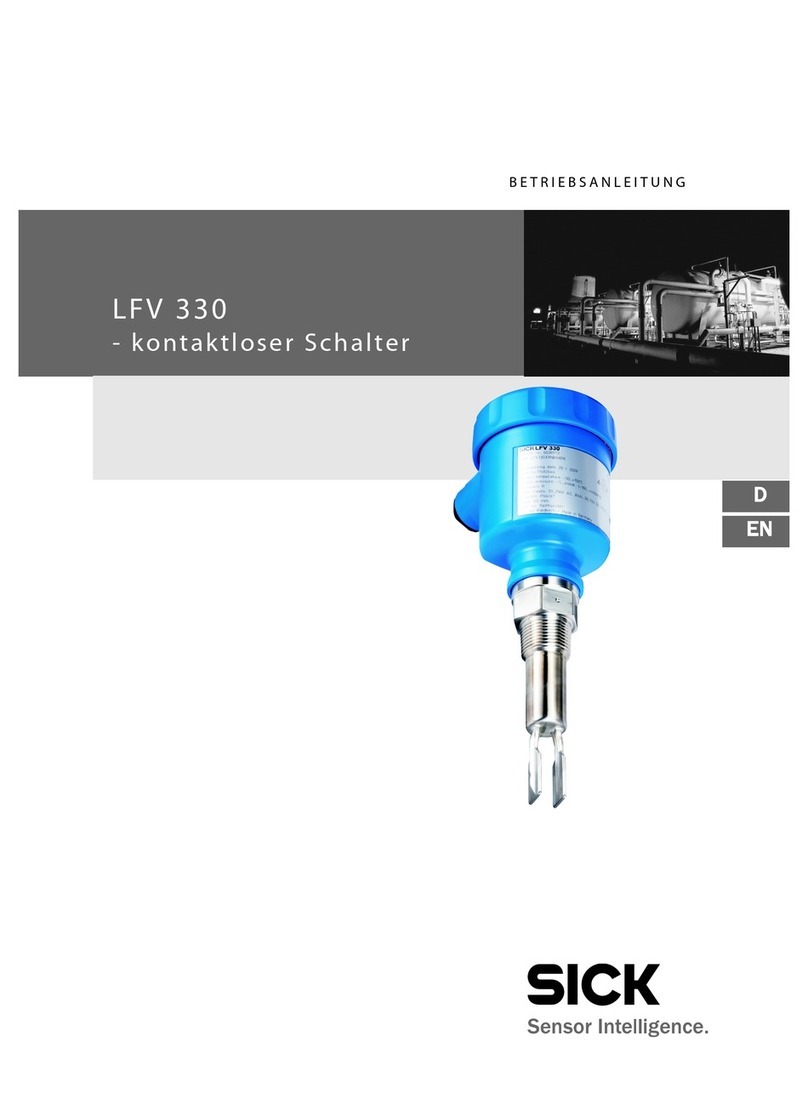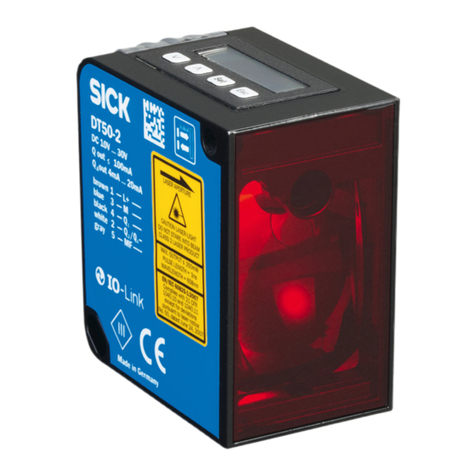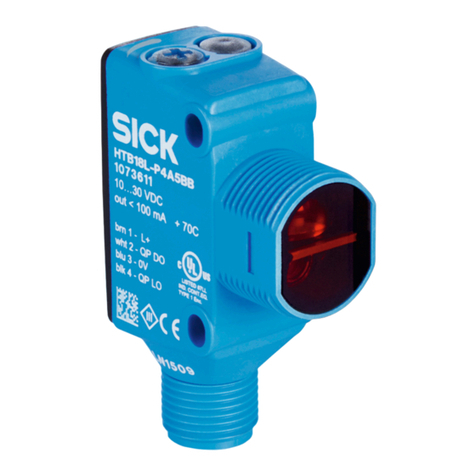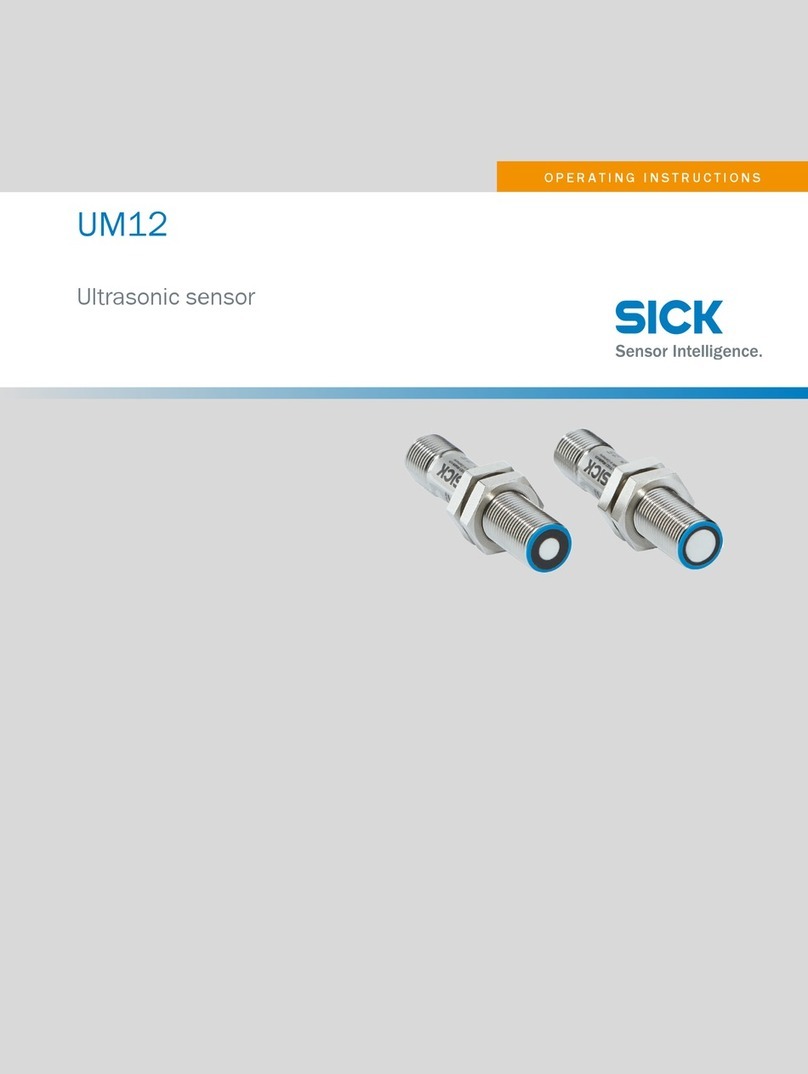
■Technical modifications
■Use of unauthorized spare parts, consumables, and accessories
With special variants, where optional extras have been ordered, or owing to the latest
technical changes, the actual scope of delivery may vary from the features and illustra‐
tions shown here.
5 Requirements for skilled persons and operating personnel
WARNING
Risk of injury due to insufficient training.
Improper handling of the sensor may result in considerable personal injury and material
damage.
■All work must only ever be carried out by the stipulated persons.
The operating instructions state the following qualification requirements for the various
areas of work:
■Instructed personnel have been briefed by the operating entity about the tasks
assigned to them and about potential dangers arising from improper action.
■Skilled personnel have the specialist training, skills, and experience, as well as
knowledge of the relevant regulations, to be able to perform tasks assigned to
them and to detect and avoid any potential dangers independently.
■Electricians have the specialist training, skills, and experience, as well as knowl‐
edge of the relevant standards and provisions to be able to carry out work on
electrical systems and to detect and avoid any potential dangers independently. In
Germany, electricians must meet the specifications of the BGVA3 Work Safety
Regulations (e.g.,Master Electrician). Other relevant regulations applicable in
other countries must be observed.
The following qualifications are required for various activities:
Activities Qualification
Mounting, maintenance ■Basic practical technical training
■Knowledge of the current safety regulations in the workplace
Electrical installation,
device replacement
■Practical electrical training
■Knowledge of current electrical safety regulations
■Knowledge of the operation and control of the devices in their
particular application
Commissioning, configura‐
tion
■Basic knowledge of the design and setup of the described
connections and interfaces
■Basic knowledge of data transmission
■Knowledge of the operation and control of the devices in their
particular application
Operation of the devices in
their particular application
■Knowledge of the operation and control of the devices in their
particular application
■Knowledge of the software and hardware environment in the
application
6 Hazard warnings and operational safety
Please observe the safety notes and the warnings listed here and in other chapters
of these operating instructions to reduce the possibility of risks to health and avoid
dangerous situations.
SAFETY INFORMATION
8023752.1EDJ/2022-06-01 | SICK O P E R A T I N G I N S T R U C T I O N S | OLS20 7
Subject to change without notice
en
